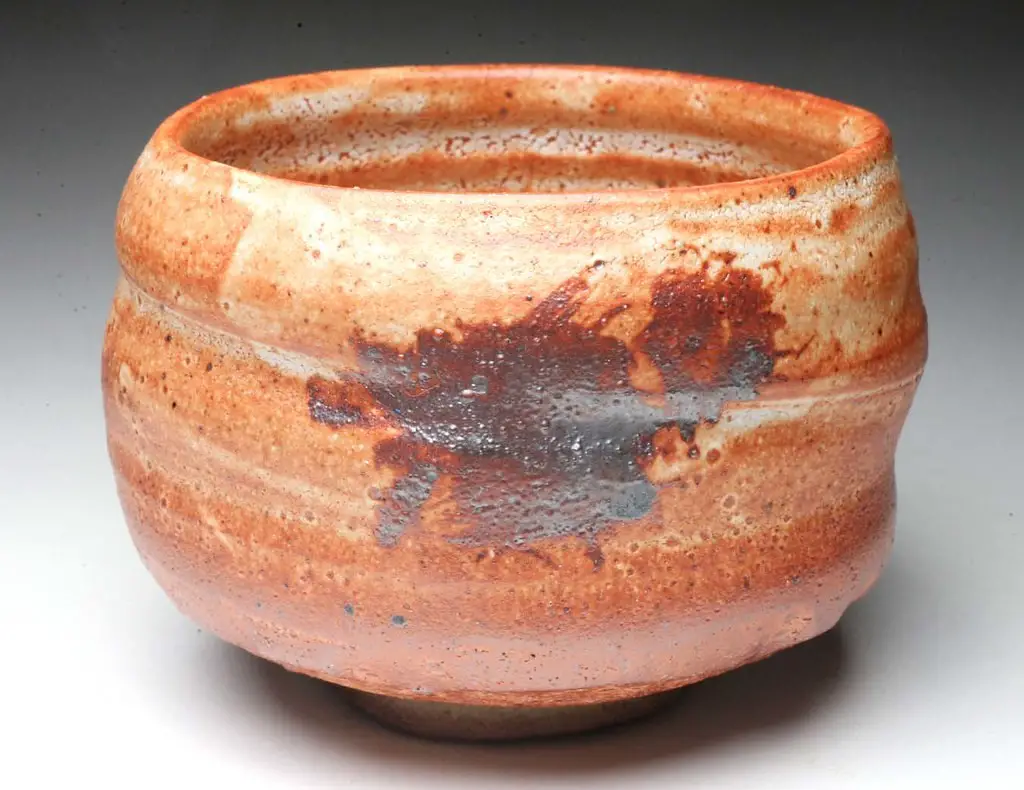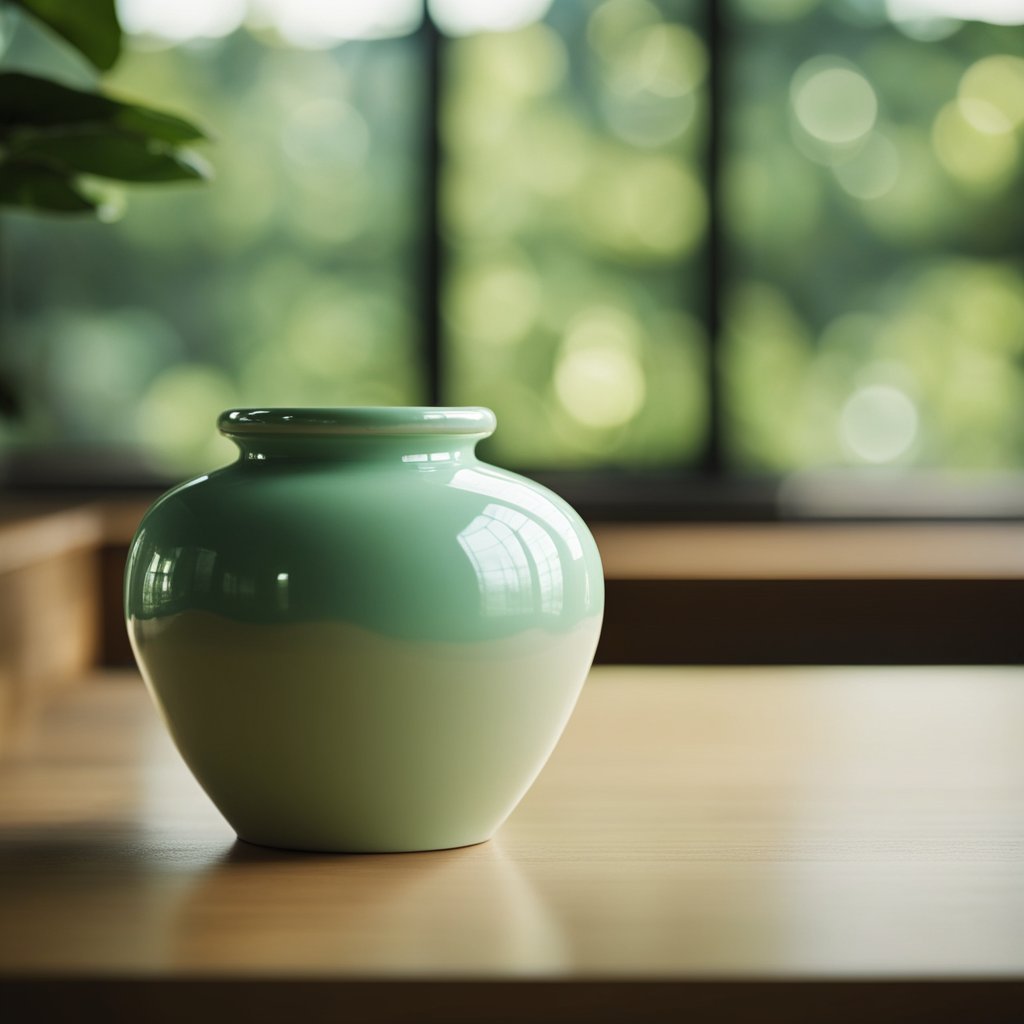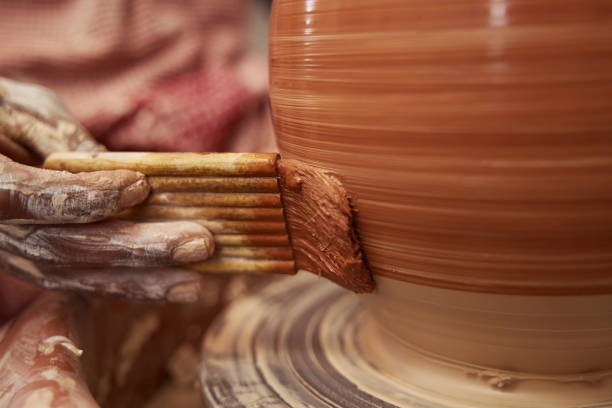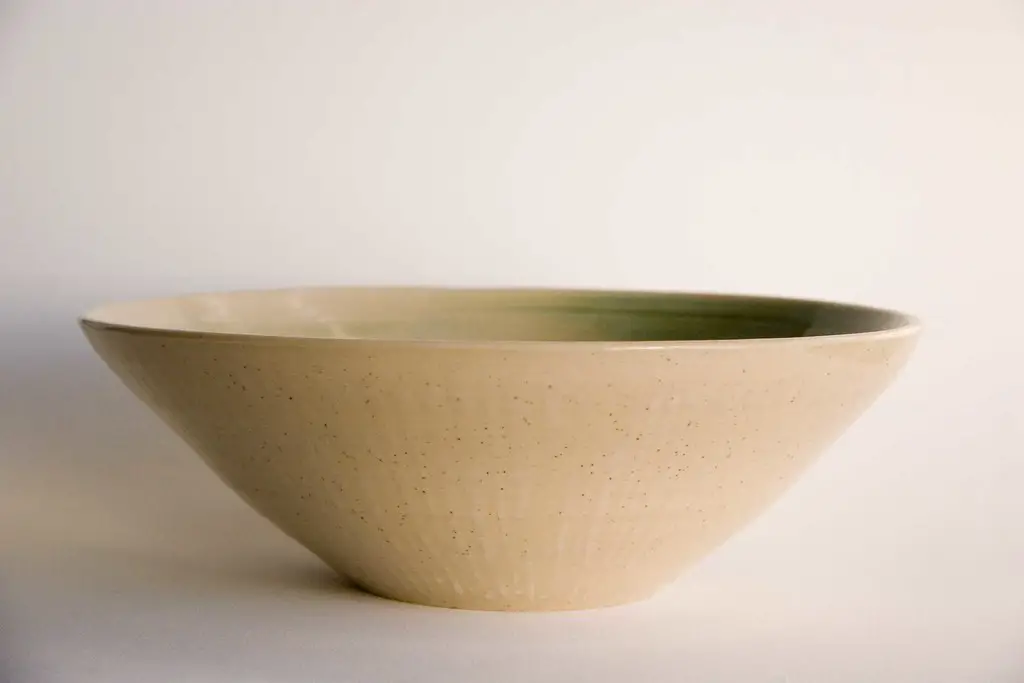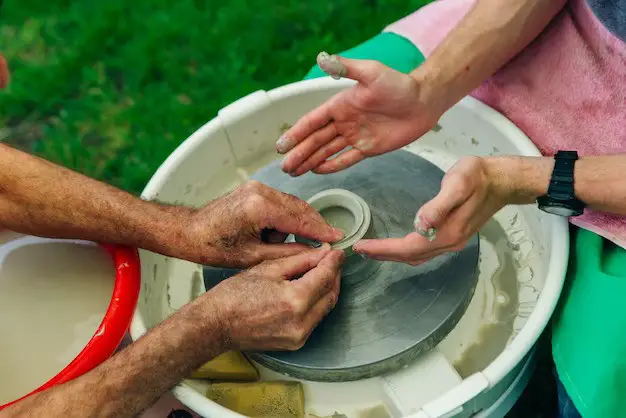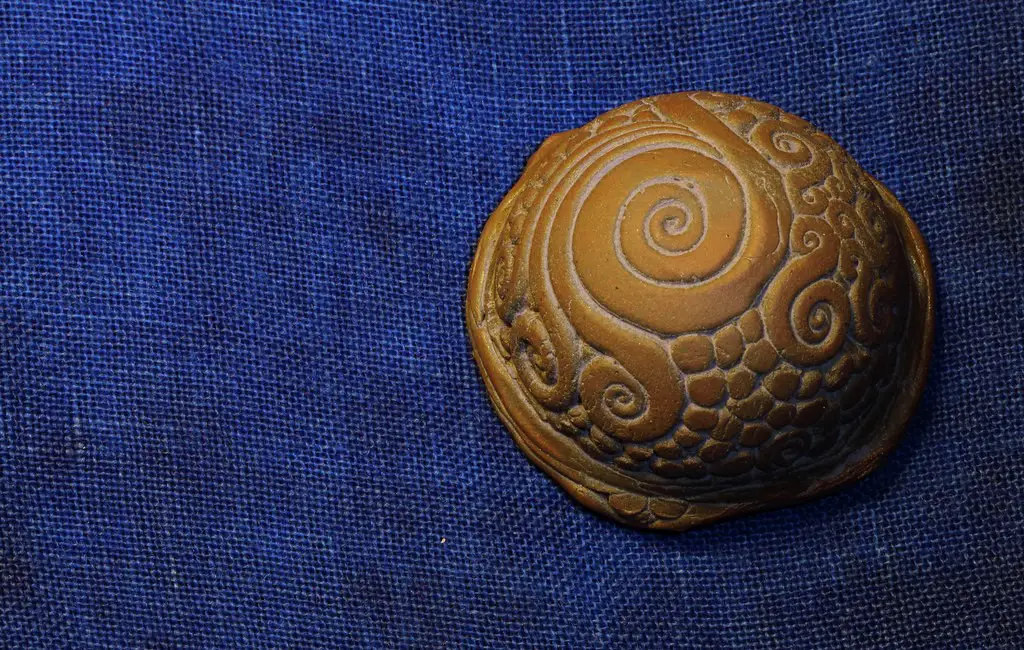Do you love to experiment with air-dry clay and don’t know the best ways to spray paint your sculpted piece? Well, you are at the right place. Air-dry clay is a great alternative to traditional clay, which requires some heavy equipment and tools to create pottery ware. However, for beginner artists, air-dry clay is bliss. One doesn’t need a kiln for curing or a wheel for shaping. While air-dry clay does seem straightforward, there are some tips you need to keep in mind before spray painting your artwork. So, how would you spray paint your air-dry clay sculpture? Keep reading to find out the details!
Steps To Paint Air-Dry Clay With Spray Paint
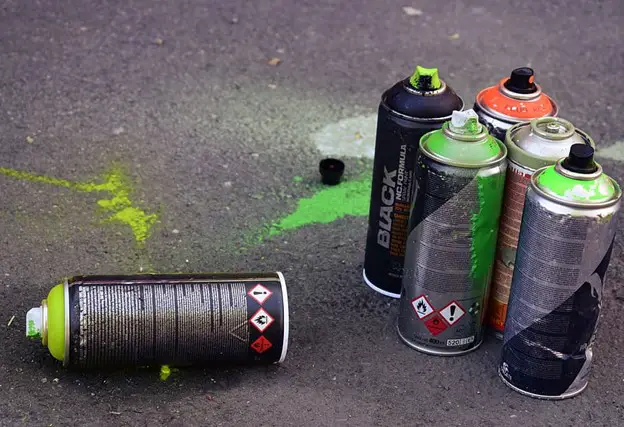
Now, there are two ways to paint air-dry clay. First, you can mix the colors with the clay during the wedging process. This adds a colorful hue to the clay. You can increase or decrease the tint by mixing more or less of the color. However, because you wish to use spray paint for the process, you can simply opt to paint the clay piece directly after the molding is done.
However, there is a process for spray painting air-dry clay. What are the steps involved in this process? Find out here!
1. Ensure That Your Sculpture Is Completely Dry:
Air-dry clay doesn’t require firing or drying in the oven. If you leave it out for long enough, it dries up automatically. However, depending on the thickness of the project, the drying time can vary. For most projects with 1/4th inch thickness, the drying time can be 24 to 48 hours. However, if your project is thicker than this, it needs more time to dry from both inside and outside.
If you haven’t added any color to your air-dry clay, you can see dark spots in places where the clay hasn’t dried up. Another way is to touch the clay. If it feels too cold, it still needs to dry up more. Additionally, air-dry clay, when completely dried, is lighter than a wet air-dry clay sculpture.
2. Use Gesso Primer:
Most air-dry clay artists tend to use gesso primer to create a tooth-like surface for the spray paint to adhere to. It generally comes in a clear-white color. However, you can also opt for transparent or black gesso. When you use the primer, you don’t have to sand your artwork.
However, sanding is recommended if your air-dry clay sculpture has small bumps and any type of imperfection. This will make the final output smoother and better looking.
Using gesso as a primer has a lot of benefits. Let us learn more about it.
| Benefits | Cause |
| Colors Appear More Vibrant | When You Apply At Least Two To Three Layers Of Gesso Before Spray Painting, The Colors Pigments Are Retained By The Surface, Which Makes It Appear Vibrant |
| Increased Life Span | Gesso Serves As A Solid Foundation For The Spray Paint On Your Air-Dry Clay. This Makes It Last Longer. |
| It Makes The Clay Less Moisture Absorbent | Applying Gesso Before Spray Painting Ensures That The Air-Dry Clay Doesn’t Absorb Moisture. |
| Avoid Deterioration Due To Ultraviolet Rays | If You Plan On Keeping Your Artwork Under The Sun, The Application of Gesso Ensures That The Colors In Your Artwork Don’t Fade Out. |
3. Opt For Multiple Coats If Necessary:
It is better to spray paint your air-dry clay sculpture with multiple thin coats as opposed to a thick coat. This ensures that the layers can dry out faster and better without any ripples or drips. However, a thick coat tends to dry slowly and can drip, affecting your final output.
4. Spray Paint Your Air-Dry Clay Sculpture From The Right Distance:
When spray painting air-dry clay, it is important that you do it from the right distance. This ensures that the spray doesn’t form blobs in one particular area of the figurine. Moreover, spraying from the right distance allows the color aerosols to spread out evenly on the air-dry clay. A recommended spraying distance is 10 to 12 inches.
Should You Seal Air-Dry Clay After Spray Painting?
While priming your air-dry clay with gesso will do most of the sealing work, you can also opt to seal the spray paint with a proper sealant. This will help prevent any type of smearing or fading that might happen to the color. For example, you can opt for the Mod Podge Spray Sealer that dries up crystal clear with a non-yellowing formula.
Can You Spray Paint Air-Dry Clay That Hasn’t Dried?
While you could spray paint air-dry clay that hasn’t dried, it isn’t recommended. Air-dry clay tends to shrink in size when it loses its moisture. When you spray paint on wet air-dry clay, the clay will shrink, but the paint won’t. So, you might see cracks and bubbles forming underneath the painted surface as the moisture tries to escape.
So, make sure your air-dry clay sculpture dries out completely before you spray paint on it. Given that air-dry clay dries up fast, you won’t have to wait for a long time.
Is Your Spray Paint Peeling Off?
There is a chance that your spray paint might peel off from the air-dry clay after it has dried. The cause could be moisture-laden air-dry clay or dust left after the sculpture was sanded. Moreover, if you apply multiple layers of paint way too quickly, it could result in peeling issues.
The key is to ensure that the clay is dust-free and clean before you apply the primer or spray paint. Also, ensure that the air-dry clay is in its bone-dry state.
Conclusion
Depending on how you want the final result to be, you can either opt for matte spray paint or a glossy one. Keep in mind that even after painting, air-dry clay sculptures are not ideal for holding water or being placed in water. The best use for air-dry clay sculptures is only decoration. Given that air-dry clay is only available in the market in selected color ranges, spray painting your artwork is the best option.



